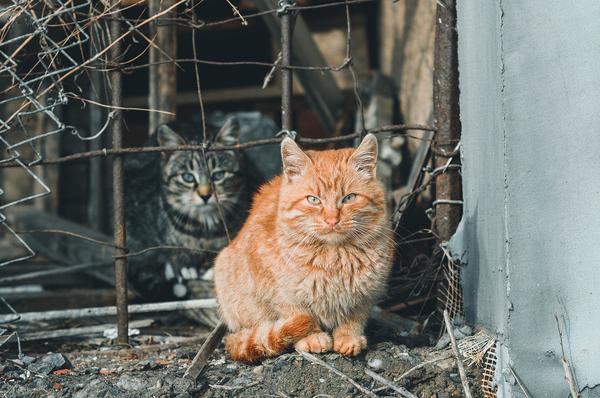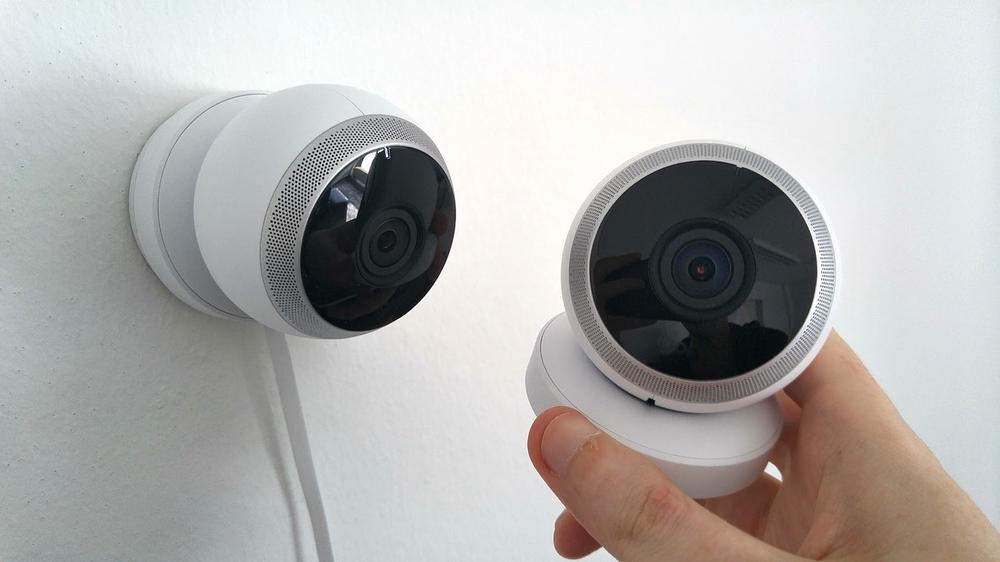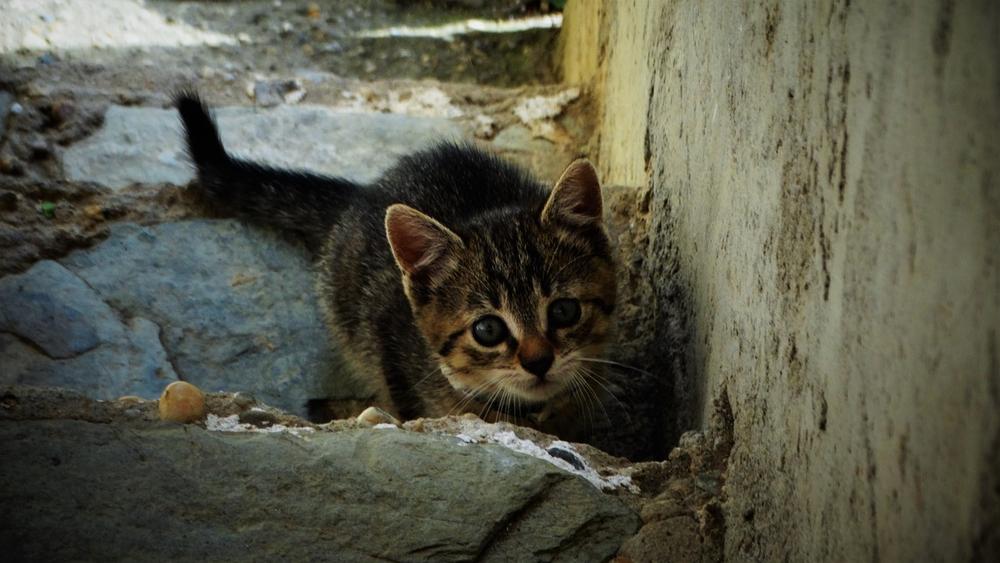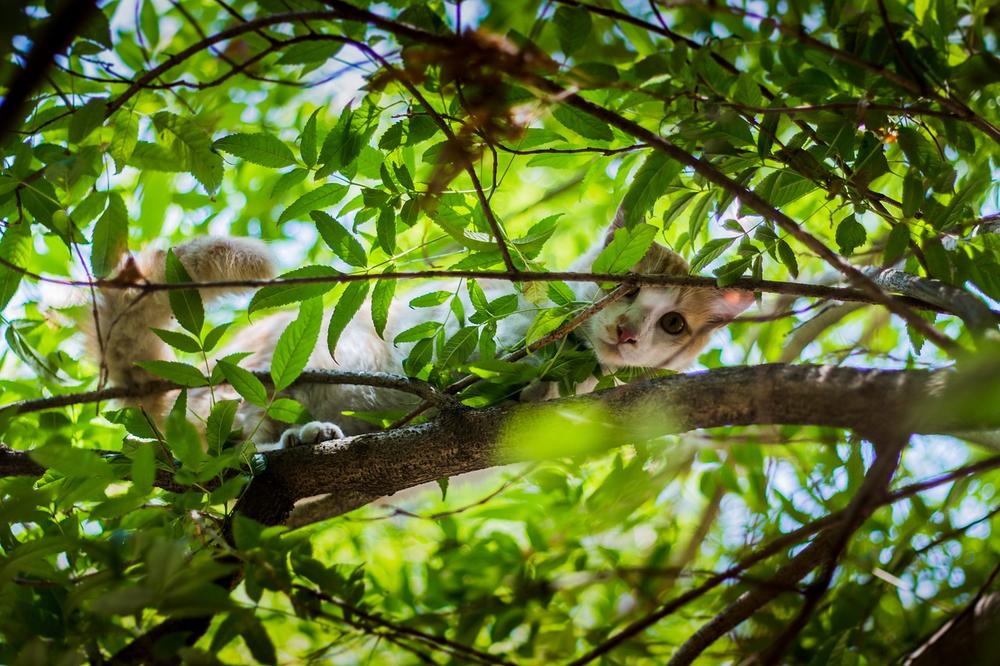How to Find a Lost Cat in Winter? Here's the Complete Guide

Here's the thing:
Winter can be a real nightmare for anyone with a lost cat. 😱
You know what that means...
Snowy streets equals disappearing tracks.
Disappearing tracks equals hours of futile searching.
Hours of futile searching equals a heart-wrenching sense of hopelessness.
But fret not, because in today's guide I'll share with you the secrets to finding your feline friend in the cold white abyss.
Ready?
Let's dive in!
Applying Scent Techniques to Locate a Lost Cat
When your cat goes missing, it can be a 😢 heart-wrenching experience.

But don't lose hope, because there are scent techniques you can use to locate them:
- Leave familiar objects with your scent: Provide comfort for your lost cat by leaving out items like dirty laundry or bedding that carry your scent. Place them in areas where your cat frequently passes by at home, both indoors and outdoors.
- Use surveillance or wilderness cameras: These cameras can help you track your cat's movements during the night when they are more active. Set up the cameras strategically around your home or in areas where your cat might have wandered off.
- Avoid assumptions about wild animal encounters: Don't jump to conclusions if you find paw prints or signs of wildlife activity. Employ various search methods immediately to cover all possibilities.
- Create familiar scents outside: Attract your cat back home by creating familiar smells in your yard or surrounding area. Use their own bed, an unwashed shirt that carries your scent, or used cat litter to encourage them to return.
- Utilize your cat’s innate abilities: Cats have a keen sense of smell, visual memory, territorial instincts, and even magnetic geolocation. Utilize these natural skills to help them find their way home.
With these scent techniques, you can increase the chances of locating your lost cat and bringing them back to safety.
Main points I'll expand upon further down this article:
- Utilize social media platforms and online resources to spread awareness about your lost cat.
- Conduct thorough searches both inside and outside the house, including common hiding spots.
- Use humane traps and food stations to encourage your cat to come back.
- Secure doors and windows to prevent the cat from running away again.
- Hand out flyers, knock on doors, and hang up posters in the area to increase visibility.
- Seek help from neighbors, friends, and local animal shelters.
- Maintain patience and persistence while actively searching for the cat.
- Exercise caution when dealing with strangers claiming to have found your cat.
- Support organizations like the Humane Society through donations to aid in reuniting lost cats.
- Ensure your cat has proper identification, such as collars, ID tags, and microchips.
And it gets better...
With the right online tools and platforms, you can exponentially increase your chances of finding your lost cat.
Let's dive into the power of social media and advanced technology in reuniting you with your furry friend...
Using Social Media for Lost Cat Alerts
If your beloved feline companion goes missing, there are steps you can take to increase the chances of finding them.
First, create a Facebook group or page dedicated solely to lost cats in your community.
This way, people can share any sightings or updates, pooling their efforts to bring your four-legged friend back home.
Social media platforms like Nextdoor and Craigslist can also be valuable tools for spreading the word about your lost cat. Don't hesitate to use these virtual networks to inform as many people as possible.

Local sites and missing pet registries should not be overlooked. Take advantage of these resources to raise awareness and reach out to those who can potentially help.
Reaching out on relevant Facebook groups and your personal social media accounts is another effective strategy.
Ask your friends to keep their eyes peeled and assist you in your search. Modern technology has made tremendous advancements, including facial recognition databases specifically designed to match lost pets with their worried owners. Make use of technologies such as Petco Love Lost and explore online assistance from homeowner's or neighborhood associations. Lastly, don't underestimate the power of the internet. Post your cat's picture and description on various social networks. Sharing widely may lead you straight to your furry friend's whereabouts. Every effort counts in bringing your lost cat back home safe and sound.
And when it comes to showing love to your furry companion, you may wonder if cats really understand kisses.
If you're curious about the true meaning behind feline affection, I invite you to explore my blog post Do Cats Understand Kisses.
Discover the fascinating insights into how our beloved cats perceive expressions of love and affection.
Luring Out a Lost Cat
Alright, here's what you can do when you're on the hunt for a lost cat:
- Make a cozy spot outside with food and comfy bedding so your cat feels at home.
- Check your house first 'cause indoor cats are masters of hiding.
- Cats like to keep us guessing, so an active search is crucial.
- Don't miss those common spots like under decks, porches, garages, and sheds.
- Setting traps in quiet areas can help reel in your missing feline.
- You'll want to cover all bases by doing a thorough physical search, putting up flyers, and using traps.
- Place some food or feeding stations in the suspected area to draw your cat back.
- Use motion-activated cameras to see if your furry friend pays a visit, and leave treats out as an extra incentive.
- Leave doors partially open or use a garage door if possible to up the odds of your cat returning.
- Oh, and make sure to secure those doors and windows at home so your kitty doesn't pull another disappearing act. 🐱
Finding a lost cat takes patience.
Good luck, my friend!
And finally, if you're still wondering why your cat is hiding and need some answers, I encourage you to check out my helpful guide on Why Is My Cat Hiding in the Closet.
In this article, I dive deep into the reasons behind this behavior and offer practical tips to help your furry friend.
Don't worry, I've got you covered.
Effective Use of Posters and Flyers
Use QR codes on your posters for easy access
You know what?
I gotta tell you, adding a QR code to your lost cat poster is pure genius...
It's so simple, yet incredibly effective.
Just think about it:
With a quick scan using your smartphone, you can instantly get more info about your cat and reach out to me if you've got any leads.
And let's face it, in this digital age, we all have our smartphones attached to our hands.
So why not take advantage of that?
Hand out flyers directly to neighbors and shelters
Don't be shy, my friend!
When it comes to finding your lost cat, you gotta go all in. Take those flyers you made and show them off.
Knock on your neighbors' doors, talk to them personally.

They might have seen something or know something that could help us find your furry buddy.
Oh, and don't forget to connect with the local animal shelters too.
They'll keep an eye out for any newcomers that match your cat's description.
Hang up attention-grabbing "lost cat" posters
Now it's time to make some noise, quite literally.
Get yourself some kick-ass posters that scream "LOST CAT" from every angle.
Make sure to include clear, colorful pictures of your cat, along with your contact information.
That way, anyone who walks past your poster will know exactly what to do if they spot your feline companion.
Hang these babies in busy areas where people won't be able to ignore them.
Parks, community notice boards, local businesses – hit all the hotspots.
So, gather up all your strength, my friend, and let's get cracking on the search for your lost cat.
Together, we can amp up visibility and improve the odds of bringing your furry friend back home.
Engaging the Community for Help
When it comes to finding a lost cat and getting help from the community, there are some important things you should do:
- Ask your neighbors if you can search around their houses because this will increase your chances of finding your cat.
- Get help from friends and neighbors who know your cat well and its habits.
- Inform people like mail carriers or delivery drivers who come to your neighborhood regularly about the missing cat in case they've seen anything.
- Report your lost cat to local animal shelters and organizations so they can spread the word and give you advice on searching.
- Make regular visits to local shelters in case your cat has been brought in since cats can wander into different areas.
- If your cat has been missing for more than 12 hours, take action by putting up flyers, contacting veterinary clinics, and using social media.
- Consider asking other cats in the neighborhood for help as they might be able to find and communicate with your lost cat.
- Stay patient and persistent during the search because your cat may take some time to come back home.
- Actively search for your cat instead of just waiting for it to return on its own.
- Search at different times of the day because cats may prefer to go out during specific hours.
Don't lose hope because lost cats can come back home unexpectedly even after a long time.
By following these steps and getting help from friends, neighbors, and animal control agencies, you can improve your chances of finding your lost cat.
Now, let me introduce you to a unique strategy that will help increase the visibility of your lost cat and improve the chances of finding them quickly.
It involves leveraging the power of nearby pet-related businesses and utilizing reliable identification methods for your cat.
Curious to know how this can revolutionize your search?
Keep reading to find out!
How to Find a Lost Cat With a Microchip
So, you lost your cat and you're desperate to find them?

I get it, it's a scary situation.
But don't worry, I've got some tips that can help:
- Contact nearby pet businesses like groomers, vets, and pet stores. Ask if they'd be willing to display a digital slideshow featuring your lost cat's photo and info in their waiting areas. You never know, someone might recognize your kitty!
- Equip your cat with collars, ID tags, and microchips. This increases the chances of finding them if they go missing. Microchips are especially important because they provide permanent identification.
- If your cat has a microchip, contact the microchip company immediately. Let them know about your cat's disappearance. Even though the chip won't actively help in searching, it can greatly assist in identifying your cat if someone finds them.
- Keep in mind that missing dogs with identification have higher chances of being found than missing cats. So microchipping your cat is a convenient and cost-effective way to ensure they have a permanent tracker.
- Lastly, always keep the microchip company up-to-date with your cat's lost status. It's crucial to maintain proper communication.
Follow these tips and hopefully, you'll find your furry friend soon!
And that wraps up today's article.
Just before you leave, I've got a quick question for you: Did my blog post prove useful to you? If it did, I would be incredibly grateful if you could spread the word to your loved ones. Sharing is super easy with the social media sharing icons, so go ahead and click on any of them to instantly share. Thank you so much!
Talk soon,
-Sarah Davis